Solo backcountry permits and reservations are mandatory for Banff National Park and help authorities know your route for search-and-rescue. Advance booking is recommended as spots fill up quickly during prime months. Here are the steps to register a solo backcountry route with Parks Canada in Banff:
1. Plan Your Route
- Choose your route, campsites, access points, and travel dates before you begin the registration process.
- Ensure you have the full list of campgrounds and overnight stops for each night.
2. Reserve a Backcountry Permit
- Go to the Parks Canada Reservations website (https://reservation.pc.gc.ca) or call 1-877-737-3783.
- Create a Parks Canada account in advance and log in before reservation dates open for the season (Banff’s backcountry reservations typically open in January).
- Select “Backcountry Permit” and enter Banff National Park as your destination.
- Choose your arrival date, party size (“1” for solo), number of tent pads, and access point.
- Build your trip itinerary by adding campgrounds/zones for each night of your journey.
- Fill in required details: emergency contact info, your contact number and address, and your parked vehicle’s licence number (if applicable).
3. Confirm and Pay
- Review all trip details, check the required acknowledgments, and confirm your booking.
- Reservation fees are non-refundable ($11.50 online, $13.50 by phone), plus nightly backcountry fees.
- Print or save a digital copy of your permit to carry at all times.
4. At the Visitor Centre
- If reserving last-minute or for a remote zone, permits can be bought in person at Banff or Lake Louise visitor centres.
- Campers must present the permit at checks and have a valid Parks Canada Discovery Pass.
5. Safety Measure: Know Emergency Contacts
- Call 911 for police, fire, or medical emergencies anywhere in Banff National Park.
- For non-emergencies or dangerous wildlife encounters, call Banff Dispatch: +1-403-762-1470 (24/7).
Also Read : 7-Day Banff Itinerary for Solo Travellers with day-by-day packing checklist
What safety checks does Parks Canada perform when I register solo
When you register a solo backcountry route with Parks Canada, the following safety checks and steps ensure your protection:
- You must provide your route details, travel dates, campsite selections, emergency contacts, and vehicle information if applicable.
- Staff confirm your chosen area is open and safe for solo travel; certain trails or zones in Banff restrict solo hikers when bear activity is high—you may be required to join a group on these routes.
- Your contact information and itinerary are kept on file so search-and-rescue can locate you in case you do not return or check out as planned.
- Parks Canada staff review your booking for weather, wildlife, or trail hazards and alert you to any closures or advisories, including bear warnings, wildfires, or flooding.
- You may be asked about experience level and receive a pre-hike safety briefing (in person or by video) on wildlife safety, emergency communication, and park rules.
- You are required to carry your permit, ID, and park pass at all times, and show them when requested by Parks Canada staff or wardens.
- Before departure, your emergency plan—including a check-in person outside the park, and instructions for contacting Banff Dispatch in case of incident—should be reviewed with staff if you’re especially remote.
These measures help ensure that solo travellers are tracked, informed about risks, and prepared with both safety gear and a communications plan for their journey.
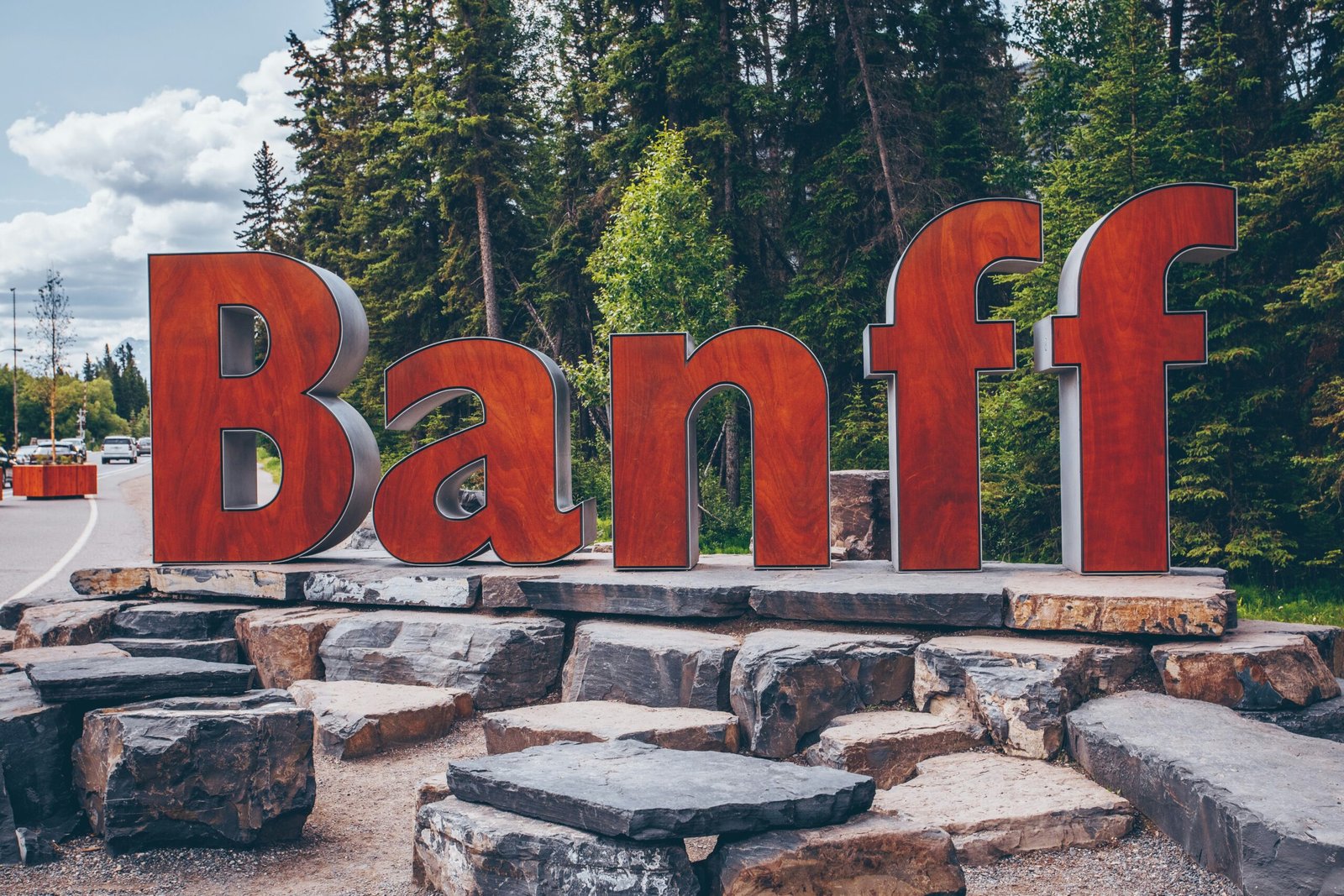
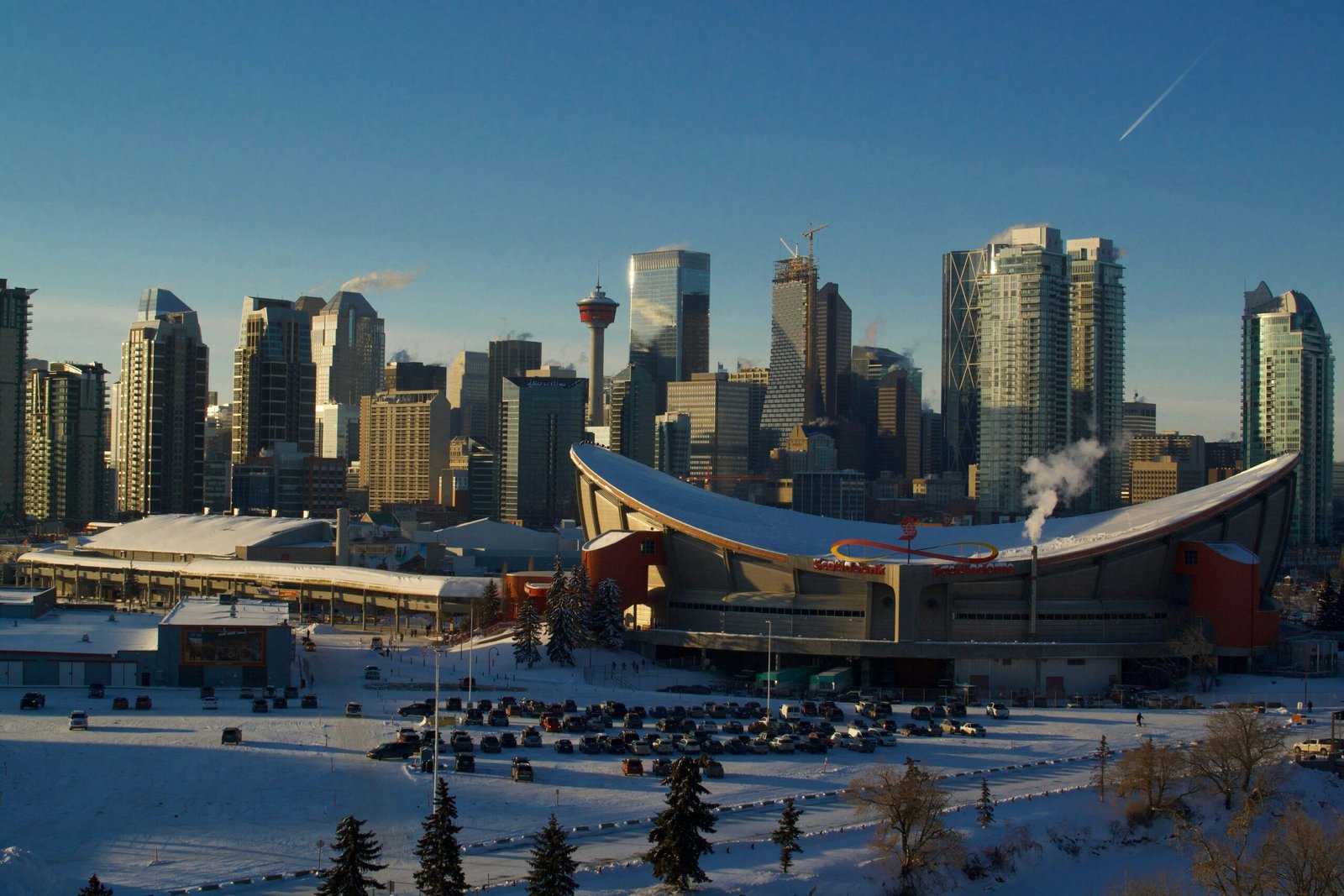

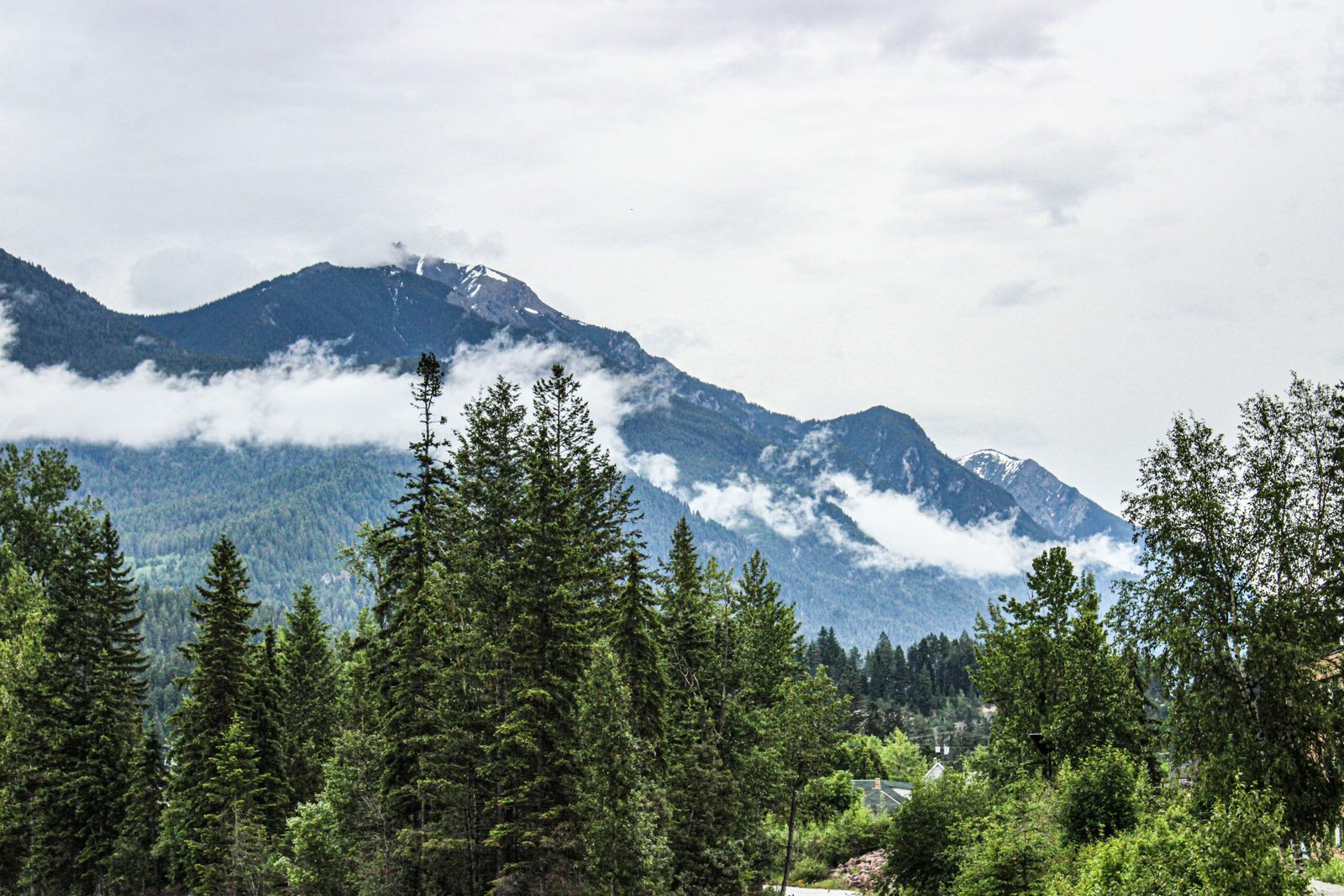
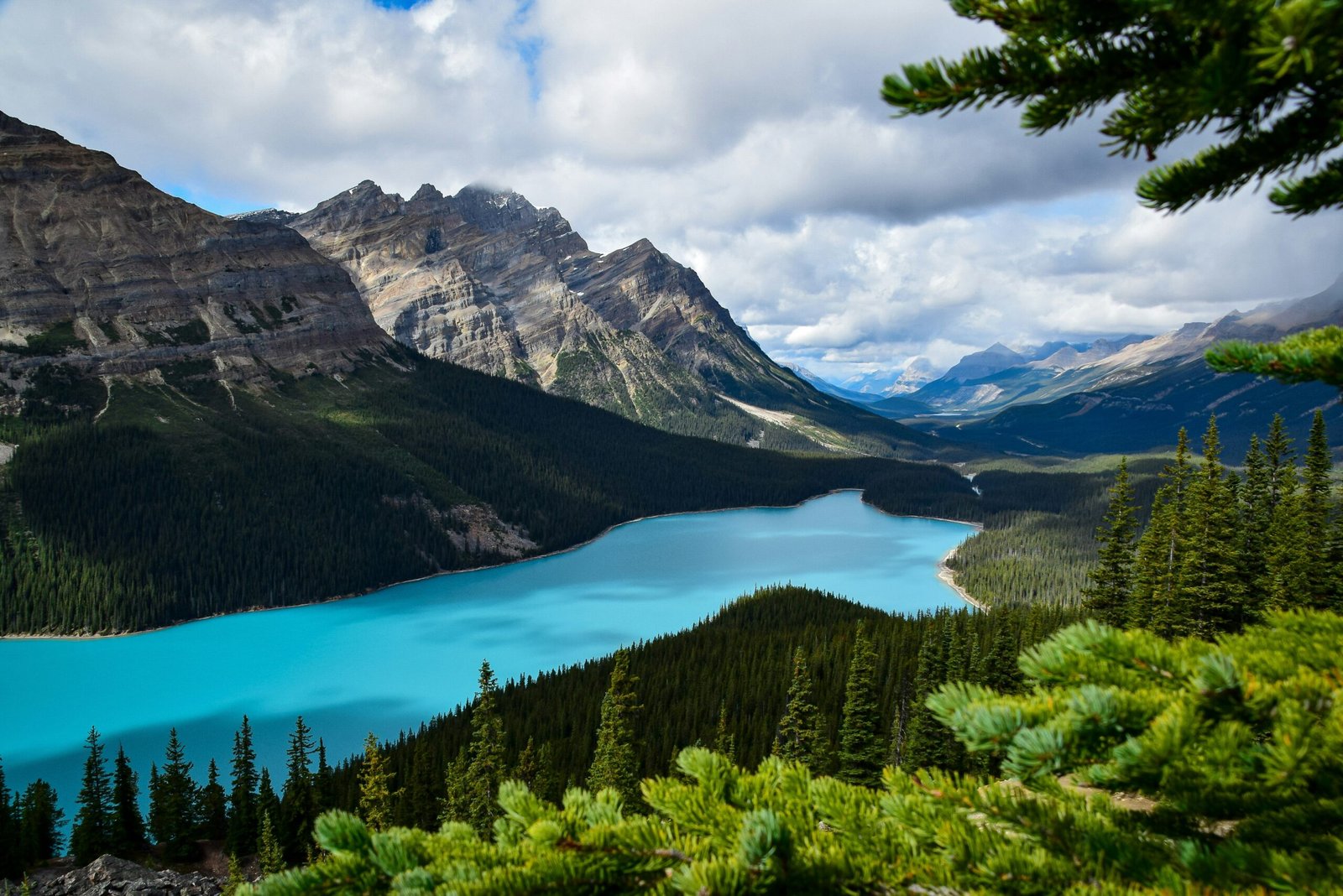
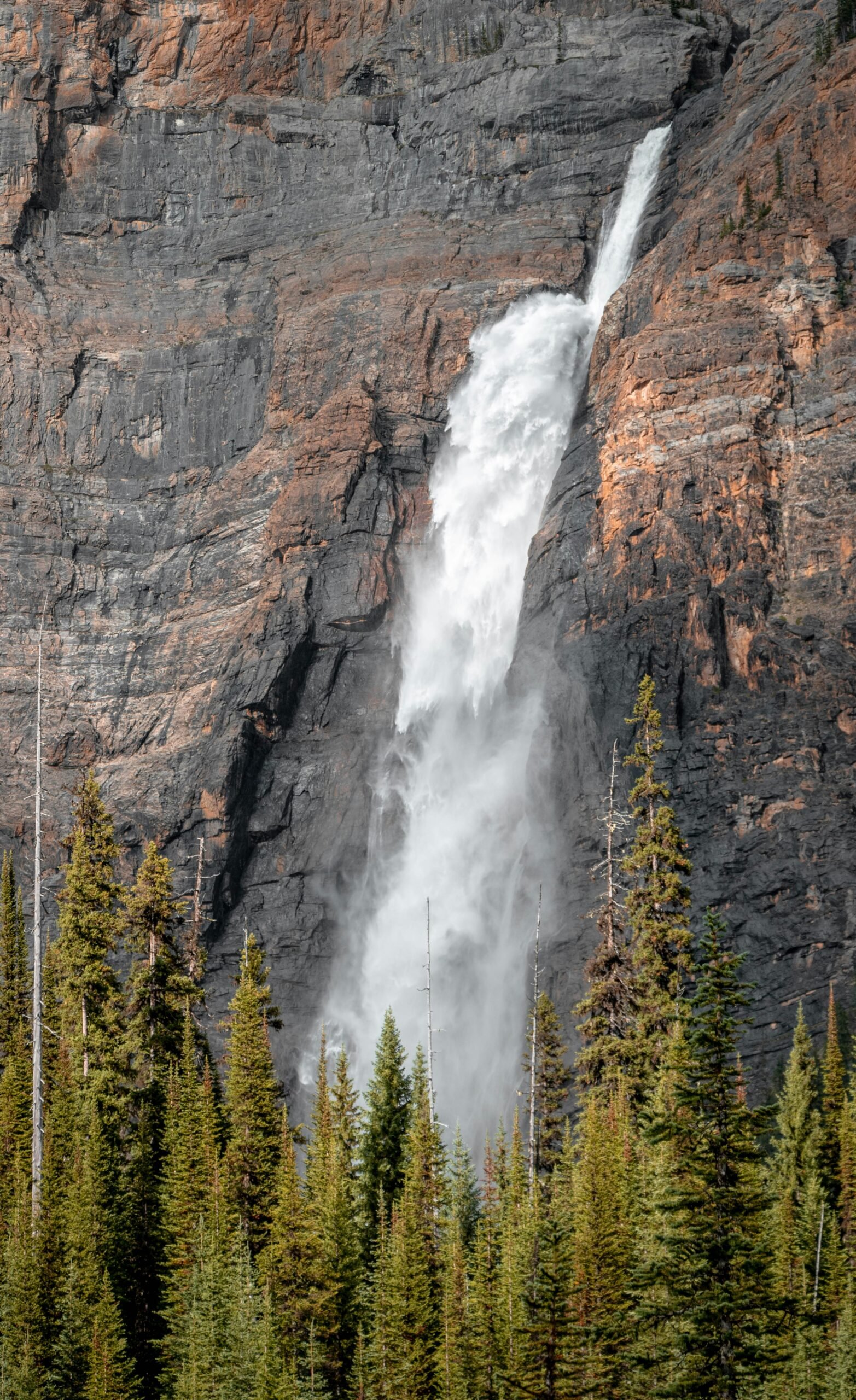



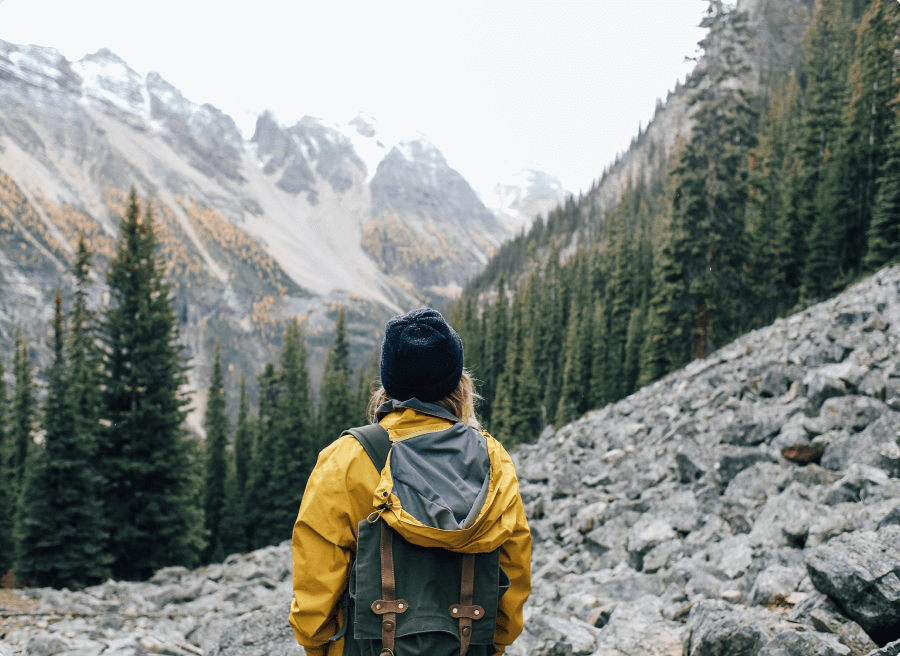
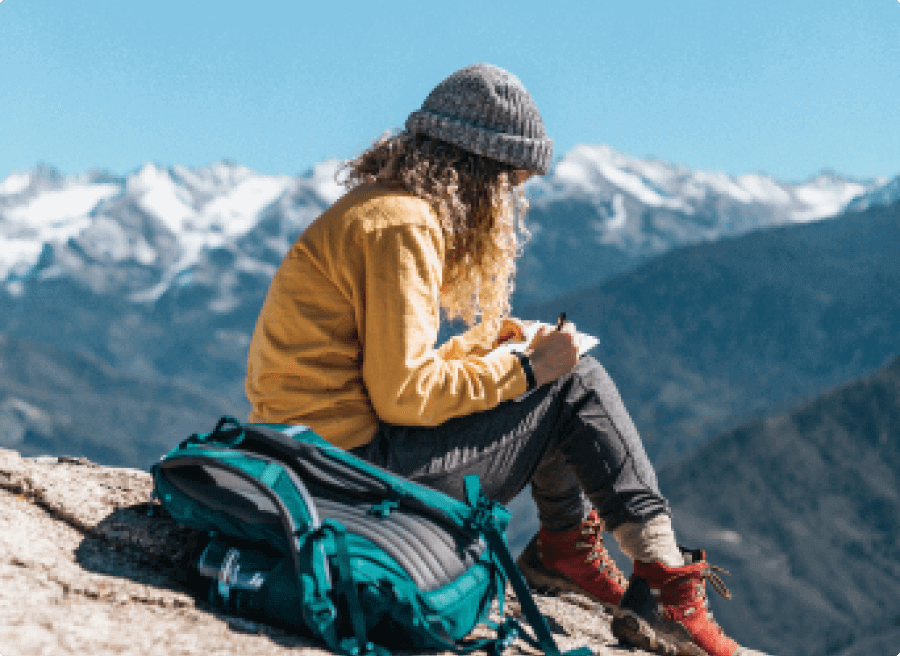
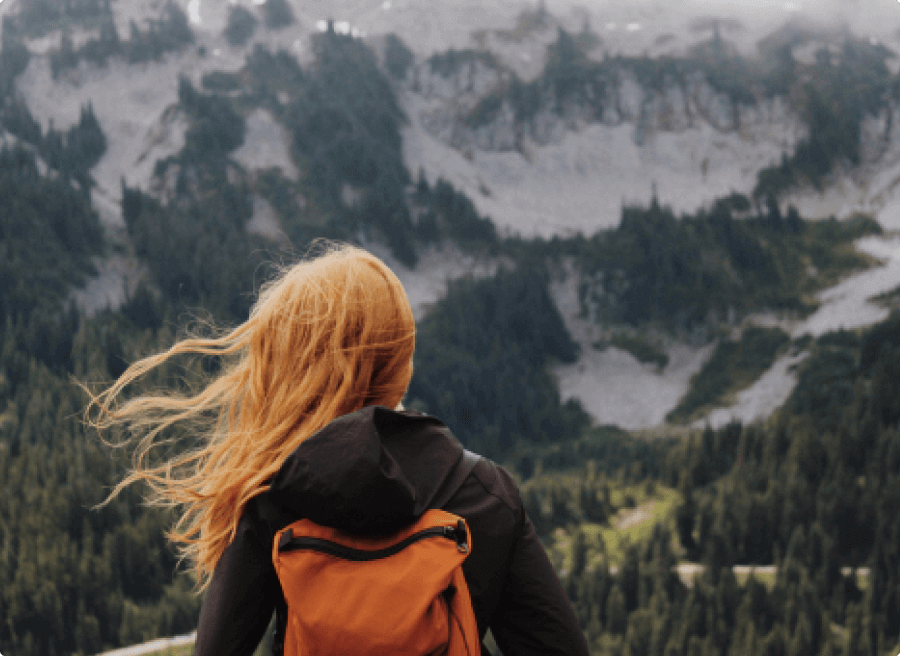

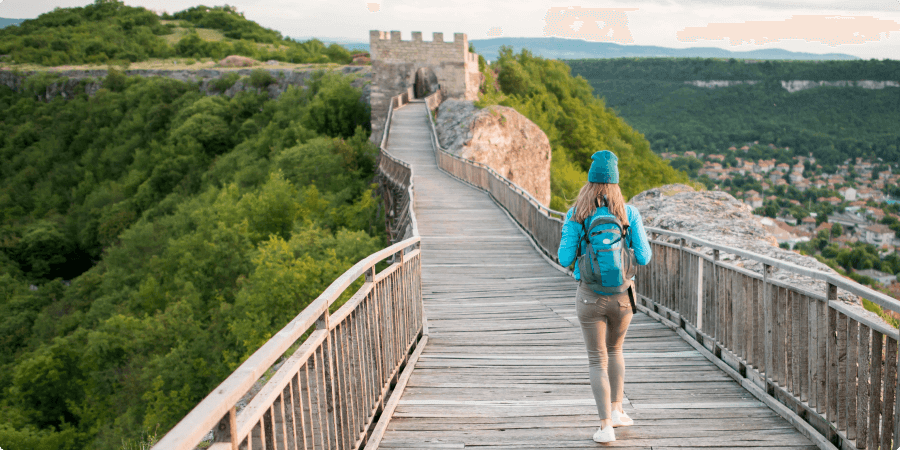

1 Comment
Banff Itinerary for Solo Travellers with day-by-day packing checklist
October 27, 2025 at 11:10 am[…] Also Read : Steps to register a solo backcountry route with Parks Canada […]